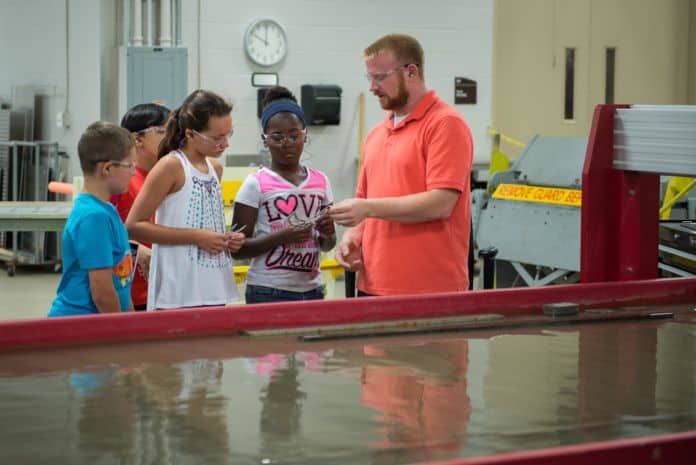
The COVID-19 pandemic is having a dramatic impact on healthcare, the global economy, and people’s daily lives. FinTech executive Monica Eaton-Cardone notes that the crisis also underscores the need to encourage women to make careers in science, technology, engineering, and math.
TAMPA BAY, Fla., June 8, 2020 /PRNewswire-PRWeb/ — The novel coronavirus outbreak that began in Wuhan, China in December has expanded to touch nearly every corner of the globe—bringing with it widespread quarantine requirements and economic distress. As of late May, COVID-19 has caused nearly 350,000 deaths, with approximately 100,000 of them in the United States alone.
With society all but entirely upended, it has left a drastic need to push for more education in fields related to science, technology, engineering, and math—and this presents prime opportunities for women especially, says Monica Eaton-Cardone, an entrepreneur and IT executive specializing in risk management and fraud prevention. “It is very important that we continue to nurture the minds we will need to create our future—particularly those of young women seeking to enter the STEM fields: science, technology, engineering, and mathematics,” Eaton-Cardone says.
In a recent study, the Institute of the Future estimated that about 85% of the jobs that will exist in 2030 have not been invented yet. Whatever these job titles and responsibilities turn out to be, they will mostly be filled by STEM graduates: already today, 75% of the fastest-growing occupations in the U.S. workforce require significant math or science skills.
To fill these positions, notes Eaton-Cardone, the nation will need to better leverage the skill of women, who have historically been underrepresented in STEM fields. While significant progress has been made in healthcare—more than 60% of physicians under the age of 35 in the U.S. are female (5)—women still constitute a small minority of recent graduates in engineering (19.7%) and computer and information science (18.7%). Statistics suggest that underrepresentation is far more significant for women of color— in 2015-2016, of bachelor’s degrees across all STEM fields in the U.S., 5.0% went to Asian women, 2.9% went to black women, and 3.8% went to Latinas.
Improving these numbers and maintaining female participation in fields where it is already high is important not just to the young women who would flourish in such careers, but to society as a whole. As an example, Eaton-Cardone points to the currently headline-grabbing field of epidemiology.
According to a recent survey, a majority of epidemiology students, and about 40% of the nation’s infectious disease doctors, are women. These specialists are essential not only to eventually controlling COVID-19, but to understanding the impact of climate change on the growing incidence in the U.S. of outbreaks of diseases formerly rare or unknown on these shores, such as Ebola, chikungunya, West Nile, and Zika virus.
“Boys and girls demonstrate near-parity in terms of science and mathematics test scores,” says Eaton-Cardone, “which demonstrates that girls have the same capability to perform in tech-related fields but are not pursuing those opportunities. Equity for gender and race in STEM leadership will come from a balance of education and mentoring, and it will not happen until technology is democratized and the economic playing field has leveled.”

